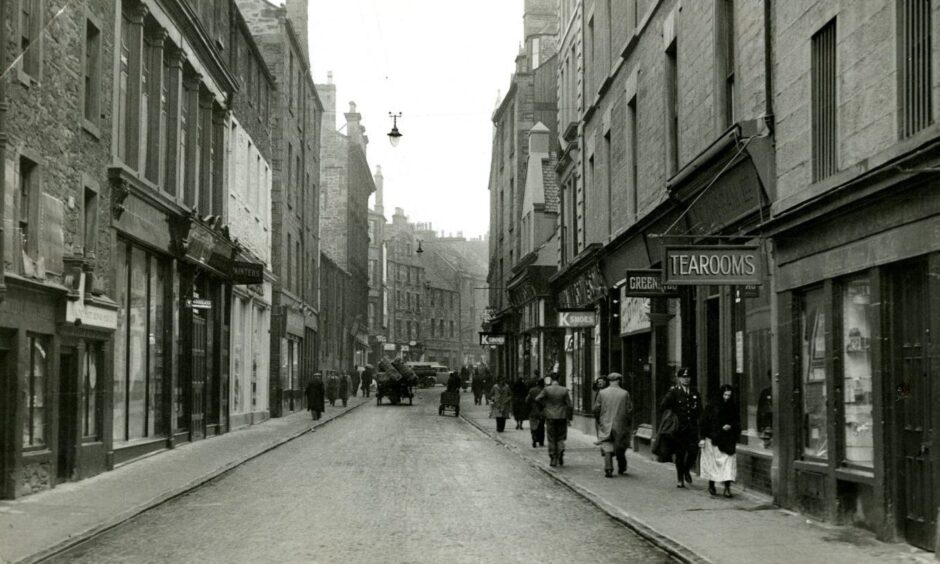
The old Overgate in Dundee was a bustling thoroughfare packed with people, shops, pubs, flea-markets, entertainers, waxworks and morbid curiosities.
The jesters of the music hall mentioned the Overgate when they wished to create a local atmosphere. It was referred to in bothy ballads rendered by jovial ploughmen.
“Like the Overgate on a Saturday night” conjured up pictures of rowdyism and strong drink and the policeman’s wheelbarrow running a shuttle service to Bell Street.
The diarist John Sturrock recorded on February 25 1865:“Went up the Overgate and came down it again and don’t think I was ever so disgusted with it as I was tonight, for what with the smell of spirits and tobacco I thought I would have been choked before I got out of it.”
He was a God-fearing Presbyterian who numbered John Knox amongst his heroes and liked nothing better on a Saturday night than a pie washed down with ginger beer in Mather’s Coffee House.
Sturrock was writing at a time in the mid-19th Century when the worst death rates, overcrowding and drunkenness in Scotland were to be found in Dundee.
The Overgate was notorious for having decaying, rat-infested tenements with the jumble of buildings having a reputation as being a place of sin and decadence.
Yet to many imbued with a love of the city it was known as “the street of streets“.
Old Overgate packed with pubs and Dundee characters
By the early 20th Century, there were 22 pubs in the Overgate, which was more than in any other street, and fights would often break out – and not just between the men.
These pubs were dark and dingy with a smoky atmosphere and among them were the Pump, the Old Steeple Bar, the A1 Bar, the Harp and Thistle, and the Black Towers.
The first pub on the right going up from the High Street was the Star which was run by Irishman Michael Finnigan, which had a “chucker-out” to deal with troublemakers.
Finnigan kept a Shillelagh, a kind of wooden club, behind the bar and would give them a wallop with it.
Among the characters at the Star was a woman nicknamed the Iron Horse.
The fights never took place in the pubs – the chucker-out saw to that – they always went out into the street and that was another reason for the Overgate’s bad reputation.
Much of the trouble was caused by people from outwith the area.
The whole police force at that time was made up of athletes.
They had to be for this fighting.
And they put on the biggest and strongest of them in the Overgate.
It was mostly working men who went to the Overgate.
The drink was cheap and it was about the only place to go to be guaranteed a good time on a Saturday night.
There was something for everybody in the Overgate, including Humber’s Waxworks.
Monarchs stood shoulder-to-shoulder with murderers in the waxwork show where admission was a penny in one of the narrowest and noisiest parts of the street.
Though the effigies included famous and worthy people, the infamous predominated, including John “Babbacombe” Lee, William Burke and Hawley Harvey Crippen.
Another attraction was gentlemen who dined publicly on broken glass and candles which were washed down with draughts of paraffin.
Strongmen, ventriloquists, conjurers, palmists, a pig-faced lady and the laughing mirrors also brought the flair and showmanship of the fairground to Dundee.
Another attraction was the Human Spider.
There was also the Flying Lady, who was wafted off the stage after being hypnotised and floated around in mid-air without visible means of support.
Outstanding among the “amazing attractions” was the Man They Couldn’t Hang.
For the highlight of his performance he twisted a rope round his neck and persuaded five men to hold each end and pull.
He urged them to do so slowly and steadily while he held a gully-knife ready in one hand to cut the rope in case of accidents.
But the rope broke and he was unscathed.
Famous shops and buster stall
John Gibbons at 195 Overgate made sweets and what was called Gibbons Rock.
The rock was famous, and folk home from abroad, and others leaving the town, would go in for their rock which they made in their shop and a stand at the Greenmarket.
There was an open fire with the pot of sugar boiling on it.
He made the rock by hand and you were able to watch him do it.
On the left-hand side there was a string of second-hand shops.
Another shop was the Corduroy Shop, called that because it sold nothing but corduroy and moleskin trousers, which most of the men wore in those days.
Generations came and went, many living within hailing distance of each other, and the many small shops, cafes and trades provided employment.
Franchi’s Restaurant, Greenhills the chemist, Birrell’s Shoe Shop, the buster stand and horse artist Bill McCail are some names still capable of inducing a wave of nostalgia.
In Mid Kirk Style, next to the centuries-old choristers’ houses at the back of the Overgate, was the buster stall with its tent-like structure, wooden forms for sitting on and a roasting hot brazier in the centre.
What they cooked was peas and chips – usually saturated in vinegar.
Franchi’s was the start of many a night out for two.
Turning off into Barrack Street was the bookshop, owned and run by Frank Russell while further along the Overgate, past its Barrack Street/Tally Street junction, was Greenhills the chemist, which was usually crowded – not for its medicines but for its sarsaparilla drinks, a liquorice-based drink.
It was a favourite with men, as it looked like a pint of beer with a frothy head.
Across from Greenhills were two shops beneath pavement level.
One was a fruit shop and the other sold confectionery.
Blind Jeannie Gall was widely-known for her Gospel mission in the West Port and her open-air services in the Overgate.
She had a beautiful singing voice.
And speaking about singing, every Saturday you got the Salvation Army meeting outside the Harp and Thistle with their band and a harmonium.
Before the 1939 war and after, a shop called Menzies at the south corner of the central part of Overgate supplied a large part of Dundee’s working people with their clothing requirements.
This included special items such as boiler suits, overalls and, very specially, school and Boy Scout, Girl Guide uniforms.
Strong-armed monkeys for sale in the Overgate
Brian Sheriff’s model shop was where all the boys bought aircraft kits, while Jockie Smith was the legendary pet shop owner with monkeys for sale at 203 Overgate.
Jockie, who was known as the ‘doggy man’ by children, kept animals in the days when you didn’t need to have a pet licence.
The Overgate at the time was full of colourful characters but times were hard after the Second World War with shops selling bread by the slice and Jockie would give out free haircuts to some of the old men using his dog clippers.
Some of the monkeys Jockie did keep in his pet shop were incredibly strong.
Jockie was sitting, fast asleep, one time and a monkey reached out and picked him right out of the chair.
It then skipped up on to the sideboard and knocked over the radio that was there, which had acid batteries, and the acid fell over into the sugar, which was rationed at the time.
Jockie’s shops became an institution with thousands of children getting their puppies, gerbils, rabbits or white mice from him.
Jockie stocked mainly household pets as well as canaries, but he liked them so much that he never used to sell them, but kept them for years in the shop for himself.
The bulldozers finally moved in…
In the end, it was years of civic neglect that signalled the Overgate’s downfall.
Accelerating urban decay coincided with a desire among town planners to sweep away embarrassing slums.
Bright new shops would take their place.
The tenants were moved to “high rise” flats elsewhere.
Whereas today’s technology would allow the façade to be retained and new accommodation built on to it, the only answer in the 1950s seemed to be demolition.
October 1963 marked the completion of the £750,000 first phase of the £2 million scheme to modernise Dundee’s city centre.
The “street of streets” was no more.
Replaced by a new world of concrete – sterile and white.
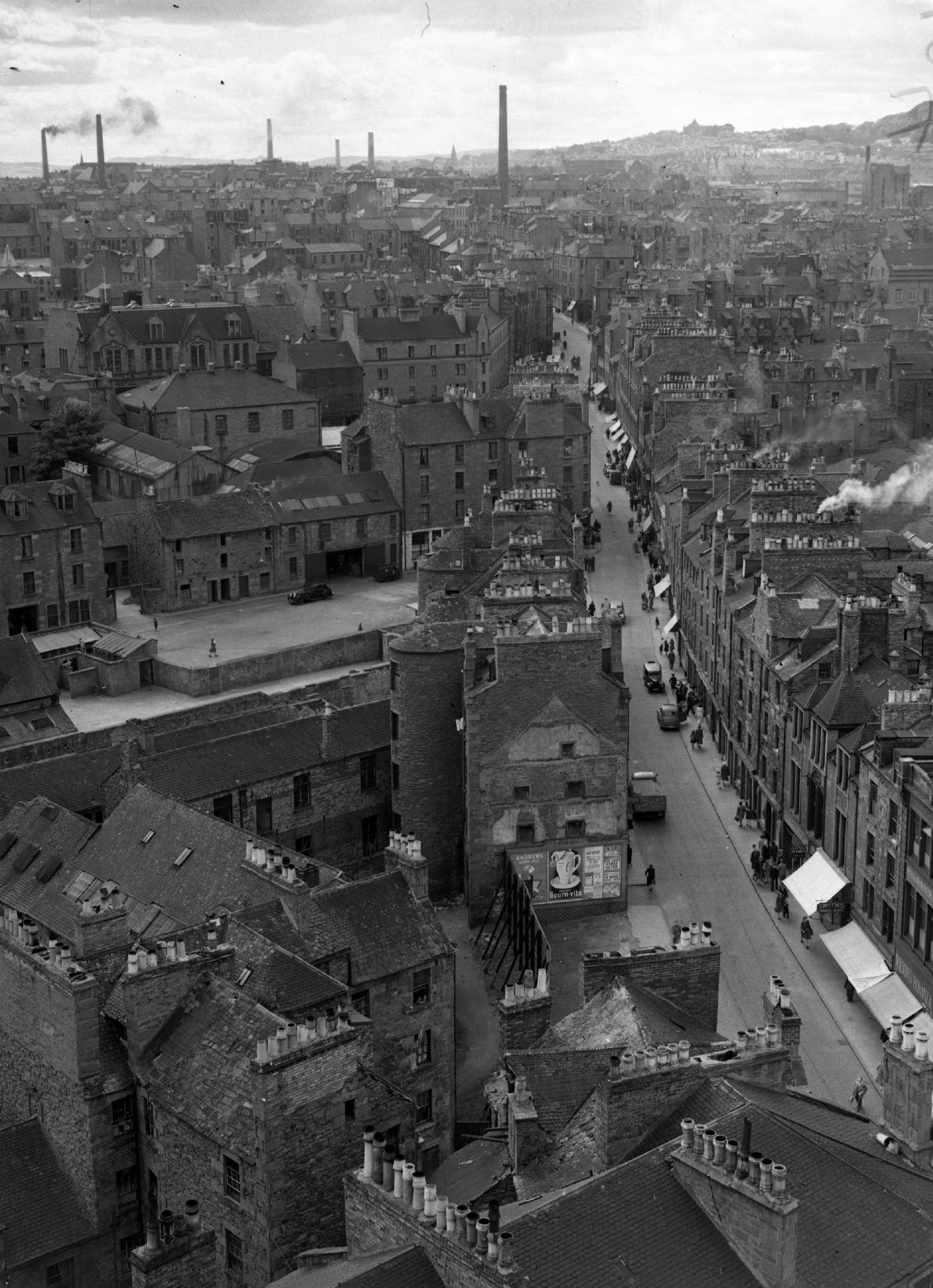
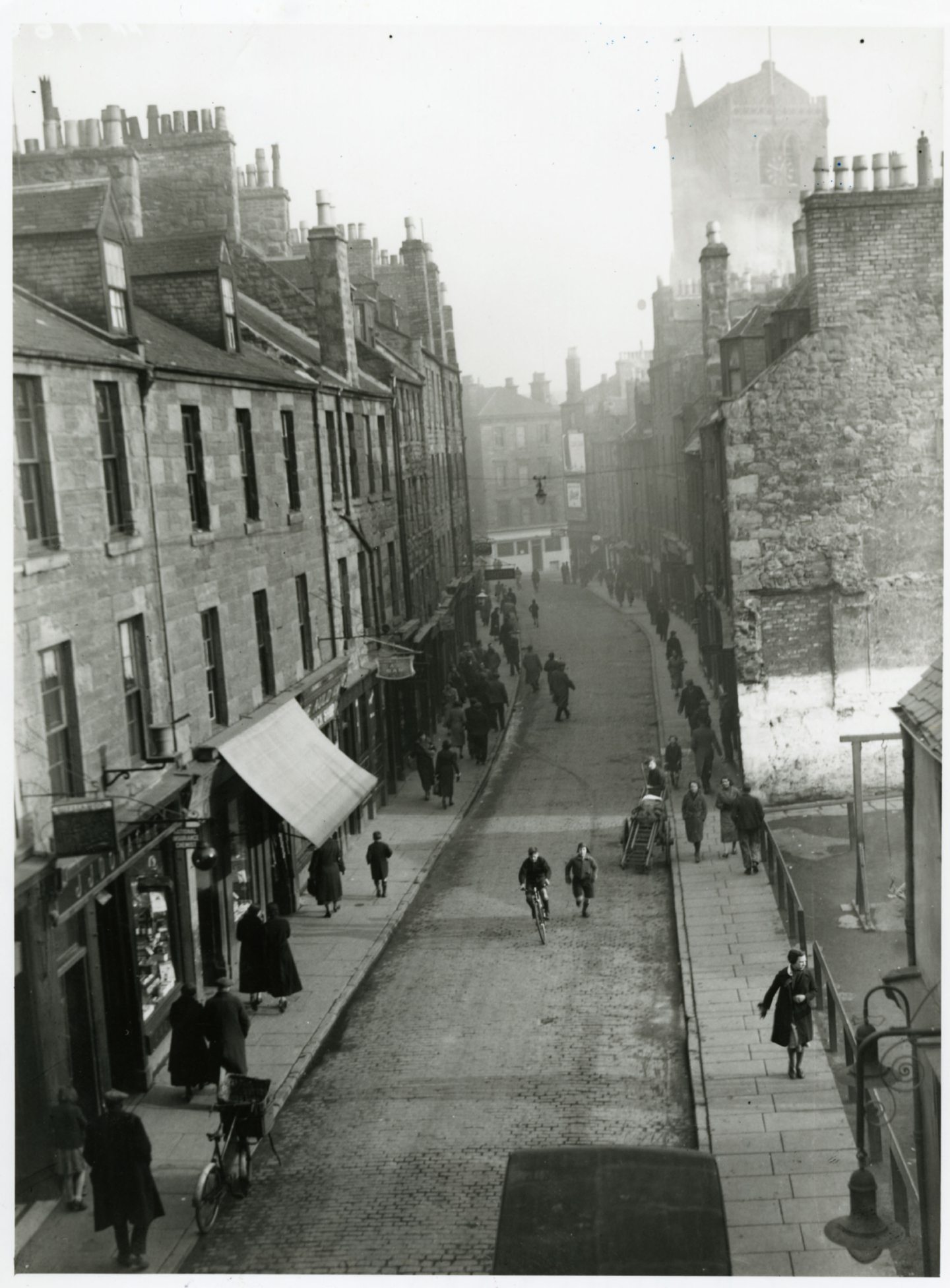
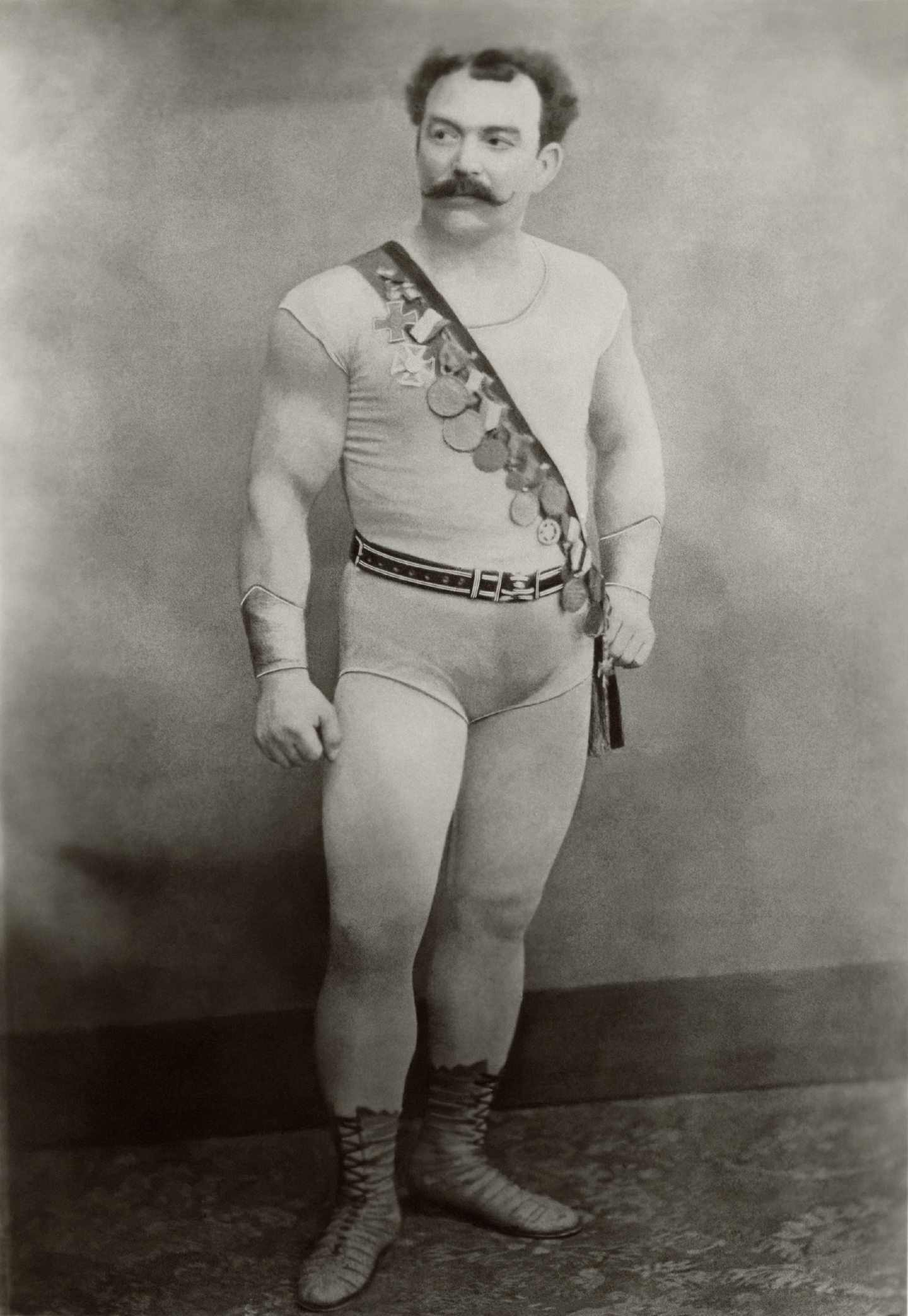
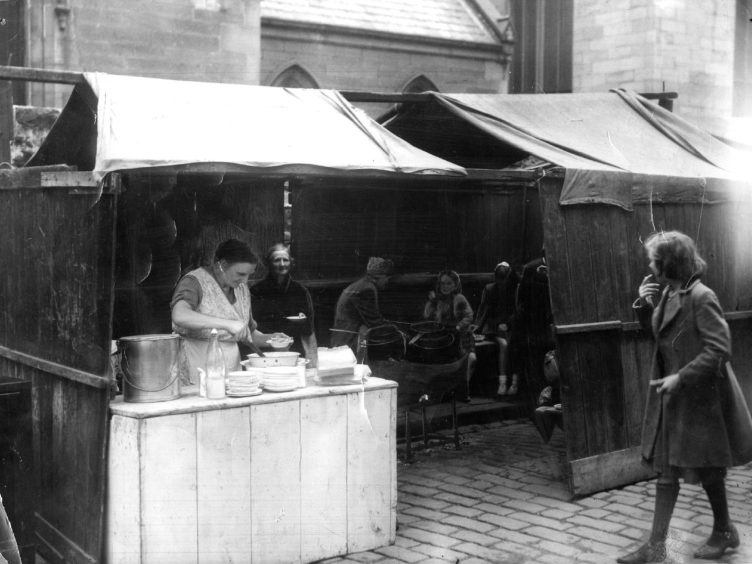
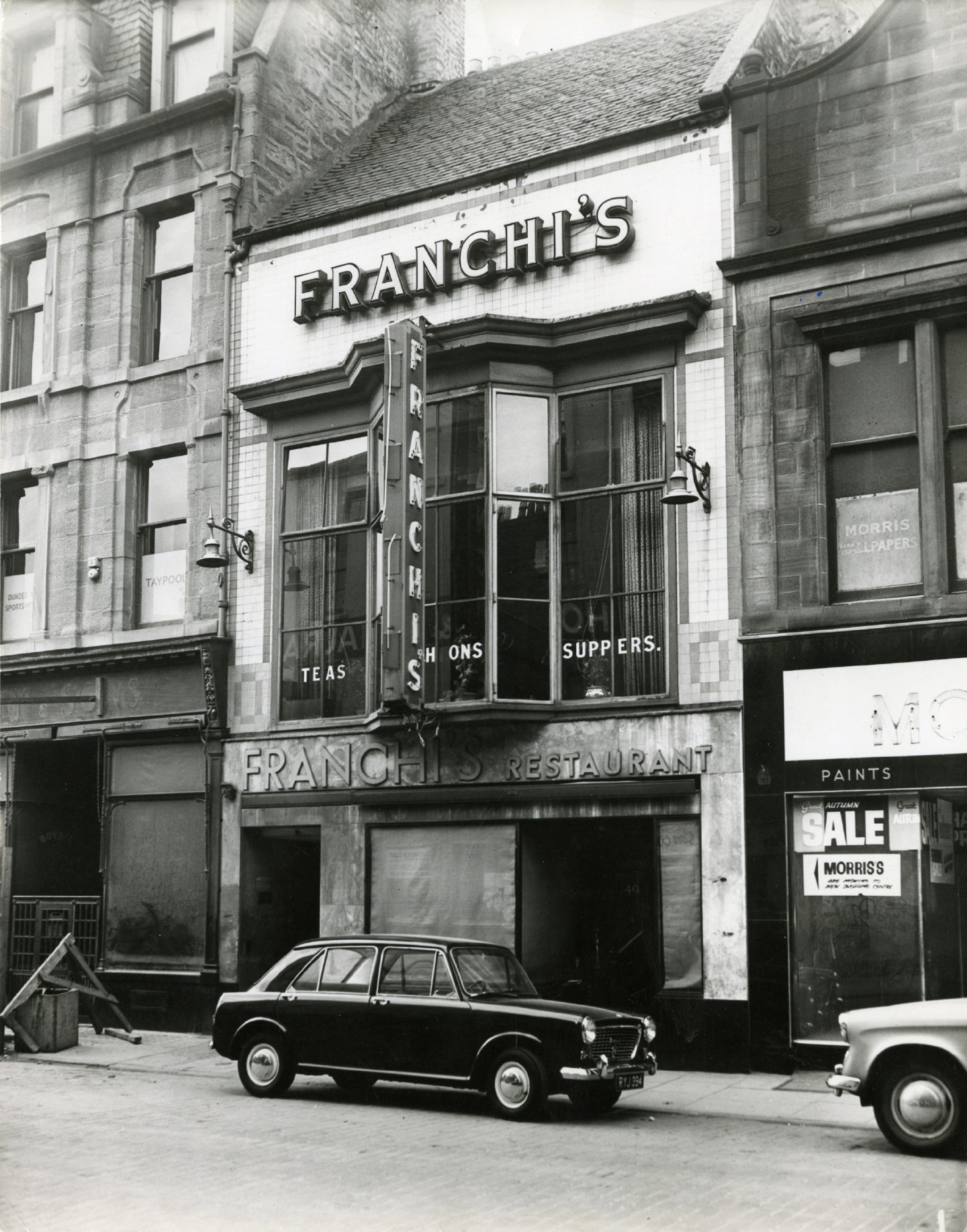
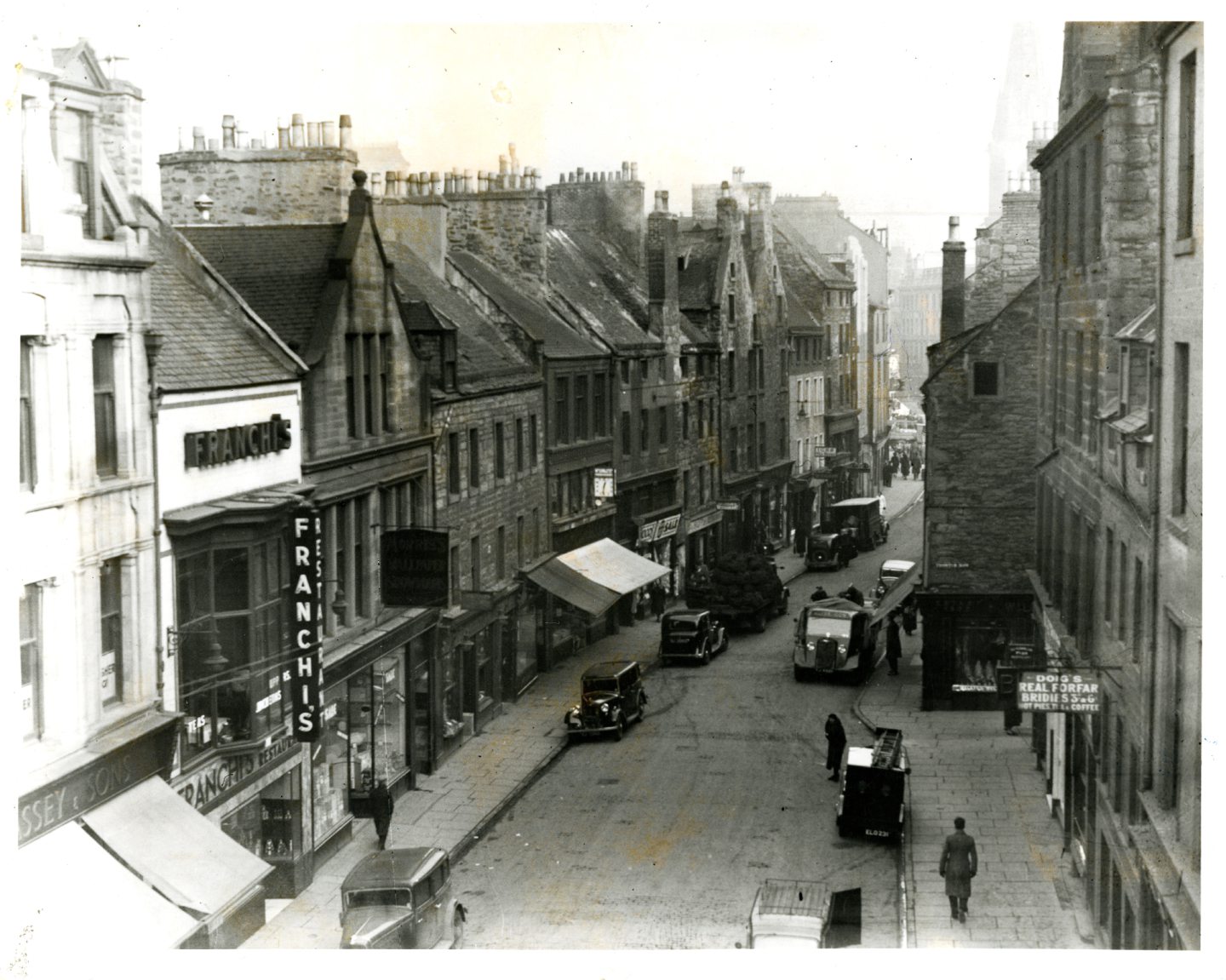
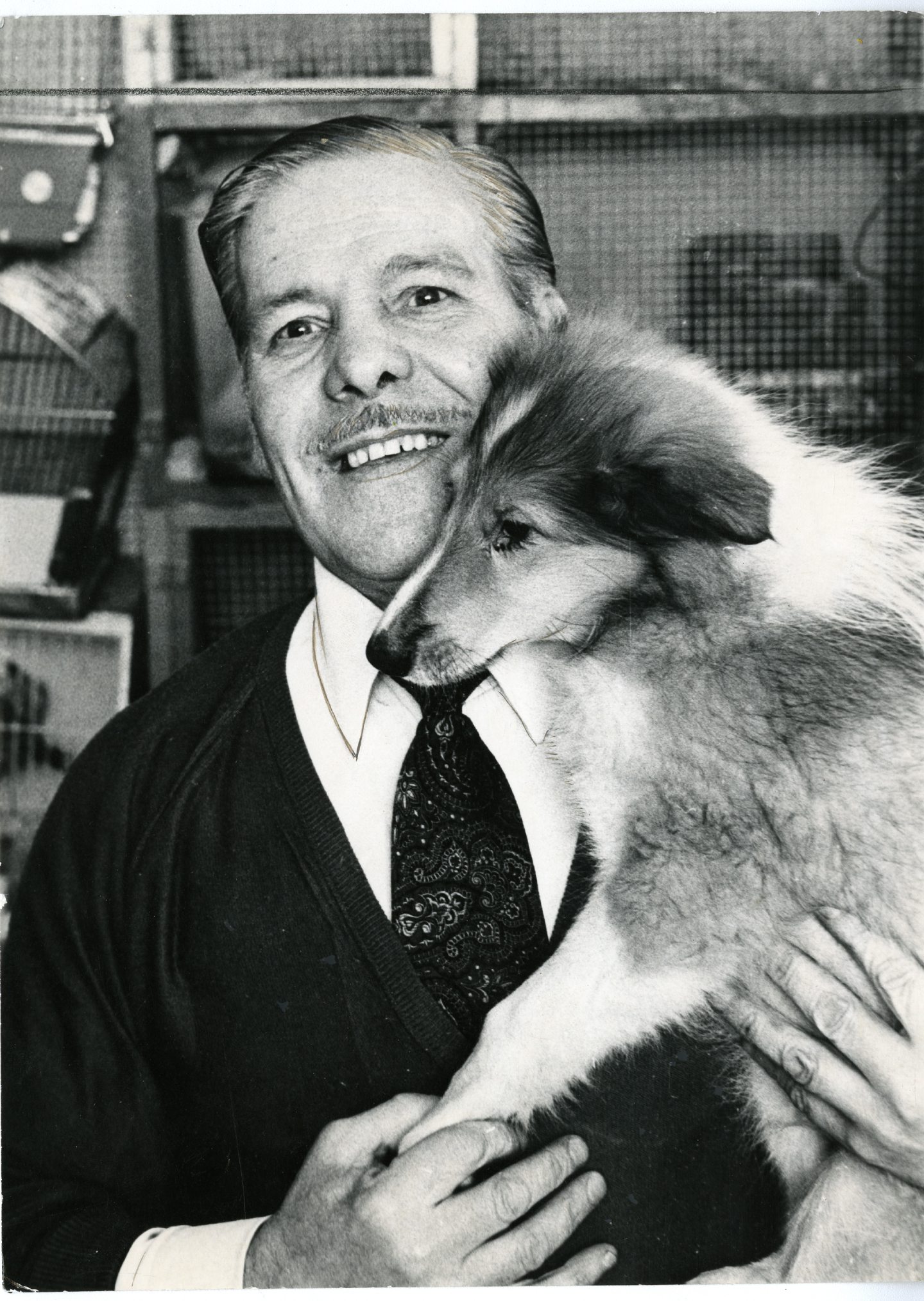
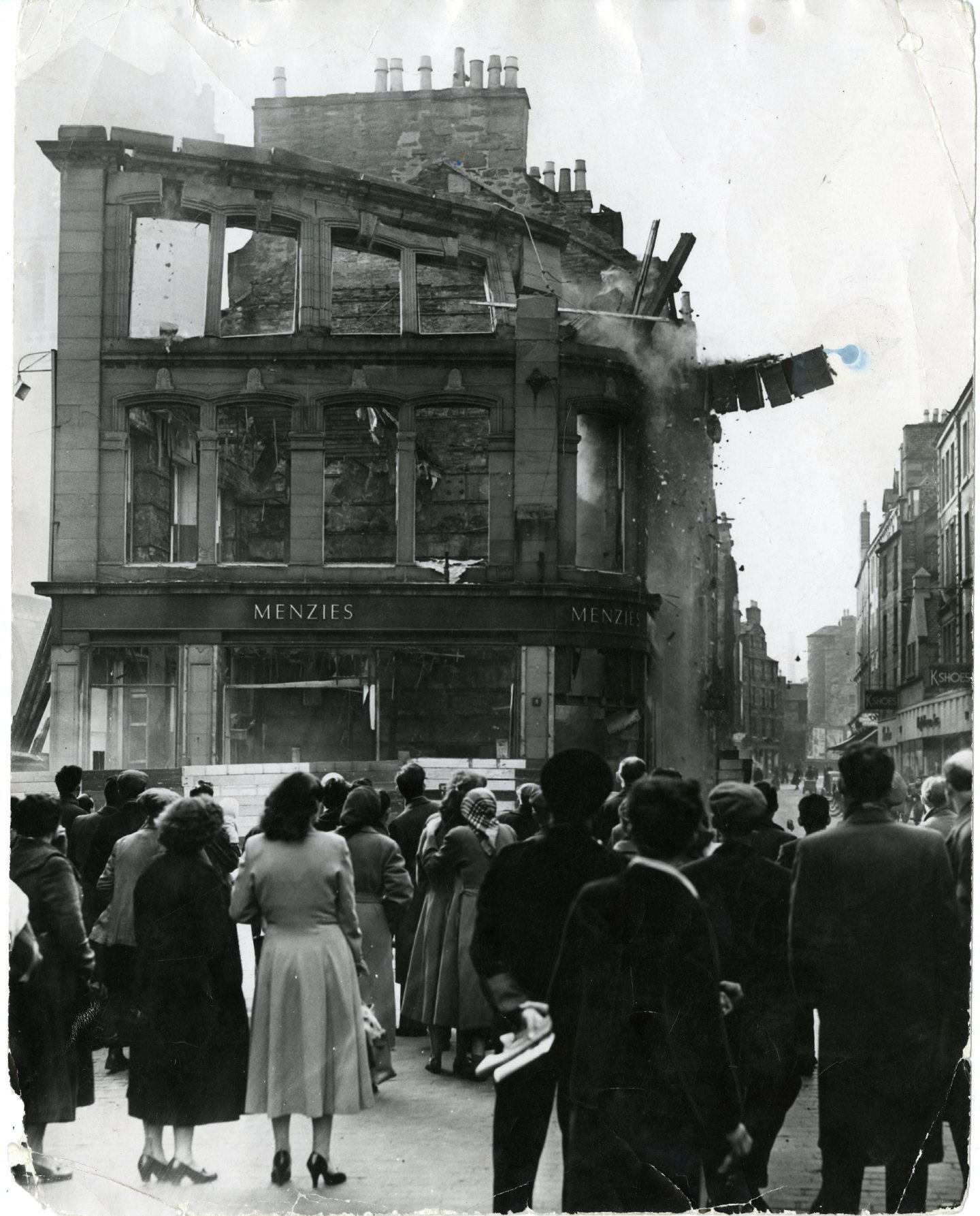










Conversation